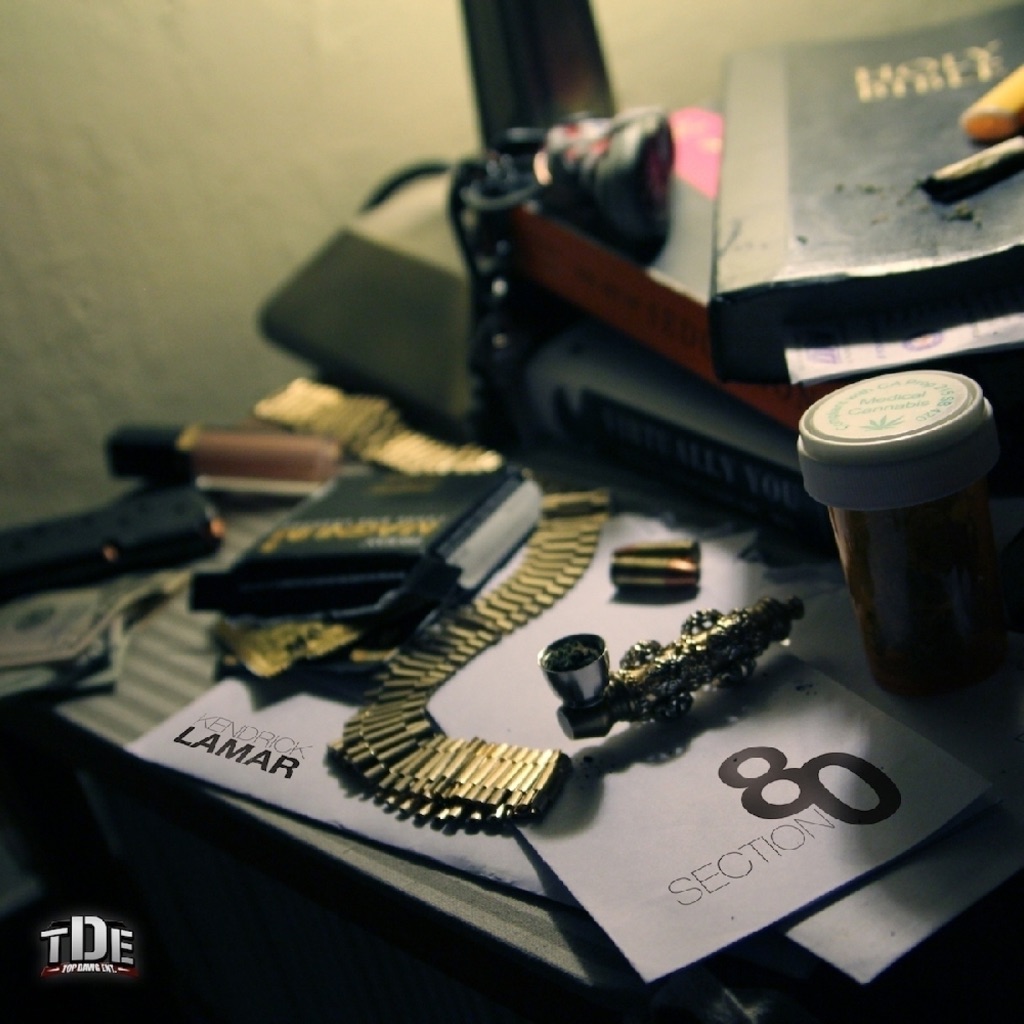
Section.80
The rapper formerly known as K-Dot had built a buzz prior to his 2011 breakthrough album, but the Compton native still had everything to prove: In spite of a coveted co-sign from Dr. Dre, he was barely out of the shadow of his Top Dawg Entertainment labelmate Jay Rock, on whose tour Lamar still regularly served as hype-man. Los Angeles’ old guard of gangsta rap greats was waning; the hottest trend in L.A. rap around the time Lamar was forming his Black Hippy super-group (alongside Jay Rock, Ab-Soul, and ScHoolboy Q) was the jerkin’ movement, a fun but frivolous dance craze. Los Angeles hip-hop needed a new hero, and Lamar stepped up to the plate. But *Section.80* was far from a bid for mainstream attention. Over jazzy beats suited for contemplative spells, Lamar raps like he’s searching, bar by bar, for answers to America’s biggest questions, turning a critical eye on his own reality and the systems that reinforce it. The title itself combines Section 8 housing, the low-income developments in which Lamar was raised, with the decade of Lamar’s birth; he thus fashioned himself an ambassador for a generation raised under Ronald Reagan and the crack epidemic. “You know why we crack babies? Because we born in the ’80s,” Lamar spits on lead single “A.D.H.D.,” a generational study as sharp as it is catchy. Ultimately, though, *Section.80* channels that unrest into a quest for enlightenment; on the knocking “HiiiPower,” Lamar conjures visions of Martin Luther King, Jr. and Malcolm X. and urges listeners to “build your own pyramids, write your own hieroglyphs.” Upon the album\'s release, some listeners thought this stuff was too radical for Lamar to ever fully break into the mainstream; but the maverick was on the threshold of something even bigger.
The Compton-based, Dr. Dre-affiliated rapper steps out with a pop-rap debut that puts a futuristic spin on 90s alt-rap.

